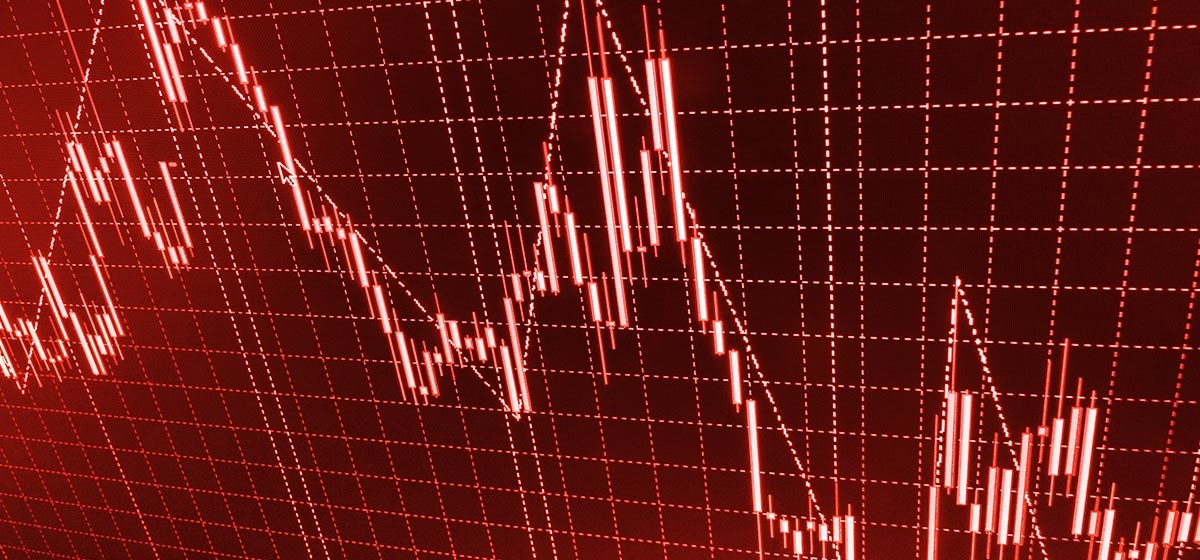What Will You Do in the Crisis?

“The world is in the throes of a Bull Market in everything.” –The Economist. No, I am not—not, not, not—predicting a market crash. (On the other hand, if the market collapses just after I post this, I will naturally take credit for calling it.)
If I don’t think the markets are going to crash any time soon, why am I writing a blog called “What Will You Do in the Crisis?” Because the markets will in fact crash—eventually. Maybe next week, maybe next year, who knows. But crash they will, and thoughtful investors will be well prepared for that crash when—not if—it comes.
Another reason this post might be timely—though not too timely, I hope—is that asset prices are very high relative to historical norms and virtually across the board:
Equity prices are very rich, especially in the U.S. Bond prices are ridiculously high, having been bid up by our economics-challenged friends at the Fed. Housing prices are, on average, above where they were when their collapse launched the Global Financial Crisis.
And there are many other factors:
Equity market volatility is at an all-time low, notwithstanding Trump, Brexit, North Korea, one-man rule in China, etc., etc.
Yields on European junk bonds are now lower than yields on U.S. Treasuries.
The yield curve (the spreads between long and short rates) isn’t yet inverted—a sign of an impending recession—but it’s flattening rapidly.
After following easy-money policies forever, the Fed is now tightening. True, Fed rate increases are very modest in absolute terms, but they are very large as a percentage of where rates are.
Most alarmingly, Janet Yellen assures us that there will not be another financial crisis “in our lifetime,” eerily echoing her predecessor, who assured us that there was no housing bubble.
I could go on and on, but you get the point—prices are high, yields are low, very weird things are going on in the markets and the world, and way too many investors have forgotten that risk isn’t just a four-letter word.
If all the above is true, why don’t I think a crisis is imminent? Because, as always, there is another side to the story, in this case a side that can be described in six syllables: “inflation” and “GDP.”
Let’s start with inflation (and its sidekick, prevailing interest rates). When you purchase an asset—a stock, let’s say—the only tangible thing you get is the promise of a cash stream in the future, called dividends. Same with a bond, only the cash stream is called interest.
To figure out what that future stream of cash is worth, we have to determine its present value. If inflation and interest rates are very high, as they were in the 1970s and early 1980s, then we will need to discount the future value back to its present value at a very high rate. If I can get 10% on my money risk-free, what’s the value to me of $1 of dividends 10 years from now? The answer is roughly 39 cents.
But suppose inflation and interest rates are very low, as they are today? If I can get 2.32% on my money risk-free—which is what the ten-year Treasury bond was yielding when this post was written, a few weeks ago—then the value to me of $1 of dividends received in 2027 would be about 80 cents. The average yield on a ten-year Treasury over the past century, however, has been 4.9%, which would bring the present value of our 2017 dividend to only 62 cents. This suggests, very naively, that stock prices today should be about 130% of their historical value—which, bizarrely, is almost exactly where they are.
Turning to GDP, the last time we were in a long-term equity Bull Market was in the 1990s, when we had the so-called “Goldilocks” economy: low inflation, high stock returns, strong economic growth. Today we have what I’ll call the “goldilocks” economy: low inflation, high stock returns, pedestrian economic growth.
Pedestrian or not, GDP growth is improving not just in the U.S. but around the world. Just the other day the International Monetary Fund predicted that global GDP would be 3.6% in 2017, the highest it’s been since the Financial Crisis. GDP growth may be humdrum, and it doesn’t seem to support the lofty level of stock prices, but the likelihood of a recession, which is often a harbinger of Bear Markets, certainly seems low.
So what could bring on a market crash? Well, almost anything. Inflation could break out to the upside, devastating the fair value of stocks. The Fed could make a serious policy mistake. We could have a political crisis in Washington. Short-and-Fat Rocket Man could launch a nuclear-tipped missile toward California, and the Frightened Dog, after a long moment’s hesitation over the cheery prospect of California ceasing to exist, could order the destruction of North Korea.
My point is that while there are good reasons to think the markets are heading for hell in a handbasket, and plausible reasons for thinking they aren’t, we need to be ready for the worst. Next week we’ll consider how we might go about that task.
Next up: What Will You Do in the Crisis? Part II





